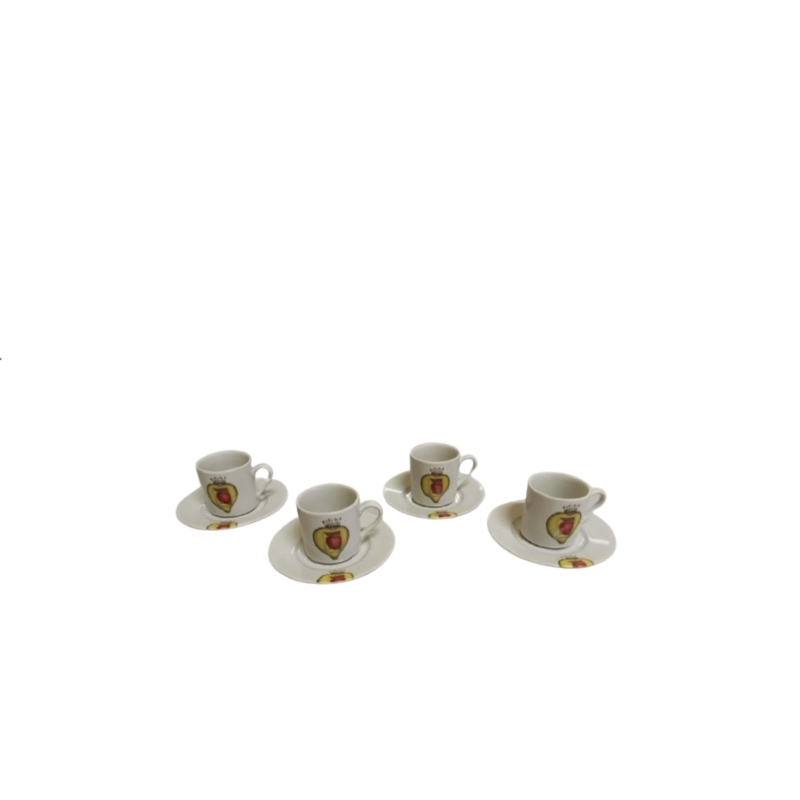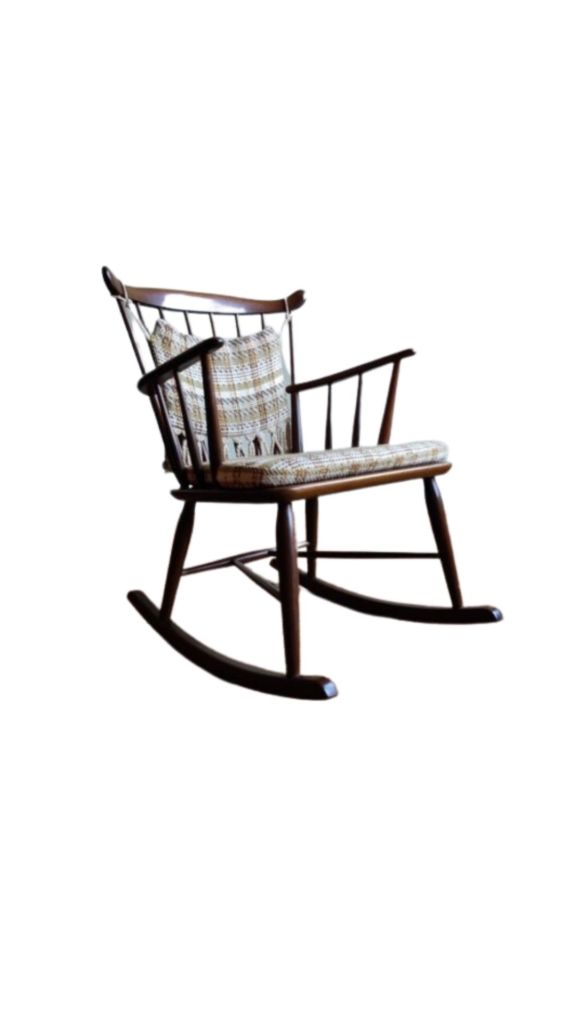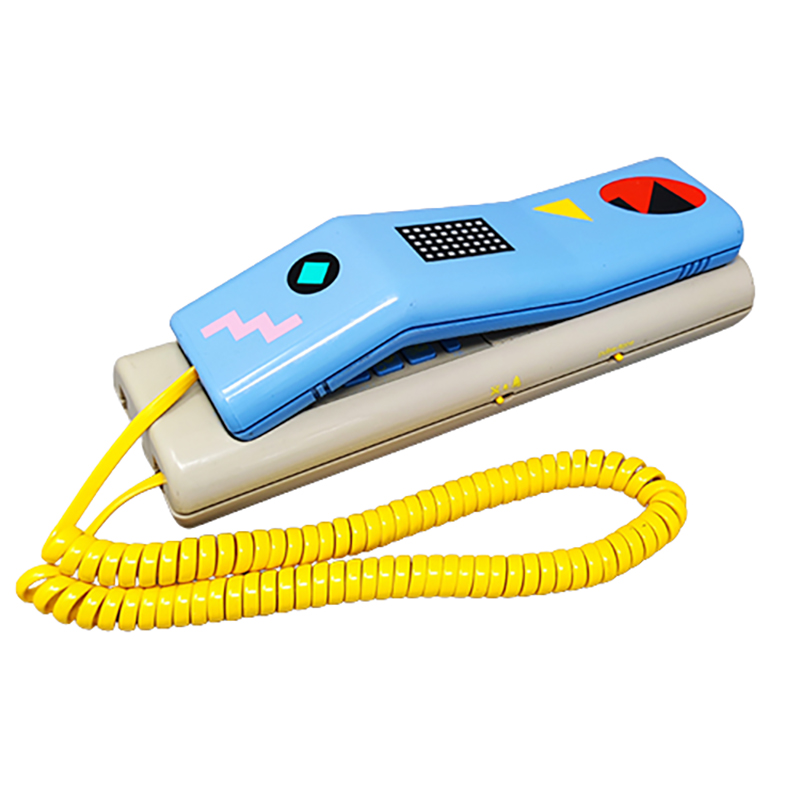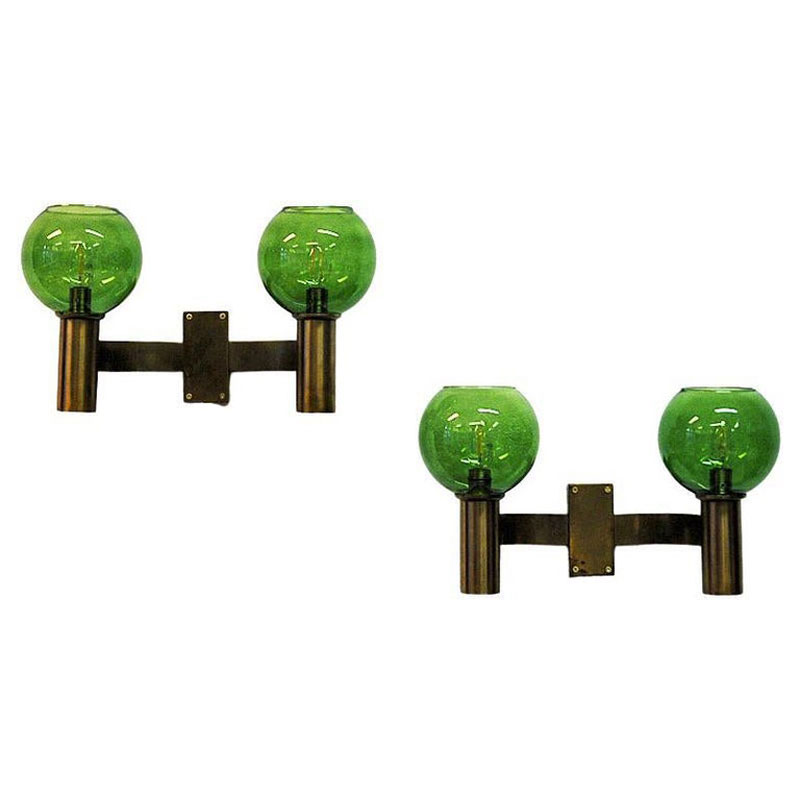A vintage lacquer finish will likely have some chipping in places where it gets bumped, like ends of legs, arm rests, etc. Lacquer doesn't wear off evenly, it chips off.
You can also just put a few drops of oil on the wood in an inconspicuous place. If it's an oil finish, the wood might darken a bit. If lacquered, it won't change in color. That one can be a bit subjective, though.
* Is there a way to determine what finish was used on a piece?
Yes, but it take some experience. Shellac will be dissolved by denatured alcohol. Lacquer will be dissolved by acetone. Polyurethane will only be dissolved enough to easily remove using a stripper. Oil will be dissolved by mineral spirits, lacquer thinner, acetone, almost everything (not denatured alcohol). If there is a film that obscures the grain detail, then it is probably lacquer or a resin of some sort (polyurethane, etc.). If you can still see the grain relief well, and it does not seem like there is much of a film, then it is probably an oil of some type (there are a couple, and many blends).
* Does the type of finish determine different maintenance routines?
Yes, of course. Oil needs to be reapplied periodically; the length of this period is dependent on a number of things. There is not much you can do with lacquer or a resin, ... other than know what their weaknesses are, and avoid them. Shellac blends into itself, so a skilled finisher can repair shellac finish issues.
* Can teak oil be used on rosewood? If not, what should be used?
teak oil is typically just boiled linseed oil (BLO), varnish, thinner, and drying agents. The blends vary on the amounts of these ingredients, some might use Tung oil instead of BLO. I have not worked on a lot of rosewood, but I am pretty sure that using an oil on it is the preferred finishing method (for danish furniture at least). I will let Kyle respond on this, as he is quickly becomming the resident rosewood expert (and glutton).
Wood working forums are where to learn about finishes and finish maintenance. I think this Wood Whisperer video is a really good primer on finishes. He does a pretty good job of explaining finishing in a multitude of videos. tktoo or magee76 will likely know other good ones if they are reading the forum right now.
Zephyr's response pretty well covers the subject as far as scratching the surface (sorry, I can't help myself).
Learning how best to treat or refinish fine furniture can be a rabbit hole and every piece is different. People have devoted entire careers to figuring this stuff out. Sometimes, depending on importance (monetary, historic, personal) of a specific piece, hiring one of them to do the work is well worth the cost. That said, rank amateurs sometimes achieve great success armed with nothing more than off-the-shelf products, a drunk uncle's advice, and dumb luck. Mostly, results and experiences fall somewhere between the two ends of the spectrum.
There's more info and advice available out there on this topic, both good and bad, than one could absorb in two lifetimes. A lot regarding treatment of mid-century furniture can be found right here in the archive of this forum.
Happy reading and BON CHANCE!
If you need any help, please contact us at – info@designaddict.com









